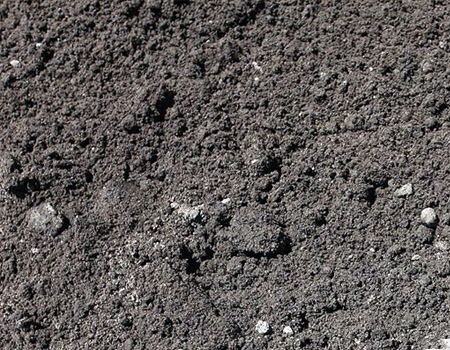Sand
Sub-categories
Within the grainsize of sand there are some subcategories to characterize the types of sand. Following table describes them.
| Type | Grainsize |
|---|---|
| Coarse sand | > 0.63 - ≤ 2.0 mm |
| Medium coarse sand | > 0.2 - ≤ 0.63 mm |
| Fine sand | > 0.063 - ≤ 0.2 mm |
How to determine the sandsize
There are tools to help determine the fraction size of the sand. Often a sandruler can be used to aid in determining the fraction.
Combinations
Sand with shells
Shell sands consists mainly of shells of marine organisms like brachipods, clams, oysters, etc. Usually found close to or near sea.
Sandy gravel/gravelly sand
This is a combination between gravel and sand. Where the pronoun describes the smaller fraction present.
Sandy limestone
Limestone is often impure. Calcium carbonate may be mixed with siliciclastic material (clay, sand) in all proportions, but calcium carbonate must form the majority. Otherwise, we have calcareous sandstone or marl instead of limestone. The term “marl” is mostly used in the field and often somewhat muddy limestones, even if they contain more calcium carbonate than mud, are called that way. When sand has a large fraction within the mixture one can speak of a sandy limestone.
Sandy loam
This type of soil has between 0%-50% silt particles, between 50%-70% sand particles and between 0%-20% clay particles. The texture of this type of loam is something coarser than loam, but doesn't differ much.
Sandy marl
Marl is a sedimentary rock consisting of clay, claystone and limestone. Marl is a transition phase from shale to limestone. The demarcation of this rock type is not very accurate, but in The Netherlands, one speaks of marl when 25%-75% of the rock is made up of chalk. Due to the platy and weakened structure this rock erodes very easily and is very vulnerable to weathering. When a marl is composed of sand and marl particles and its main component stays marl one can speak of a sandy marl.
References
- NEN-EN-ISO 14688-1:2019
